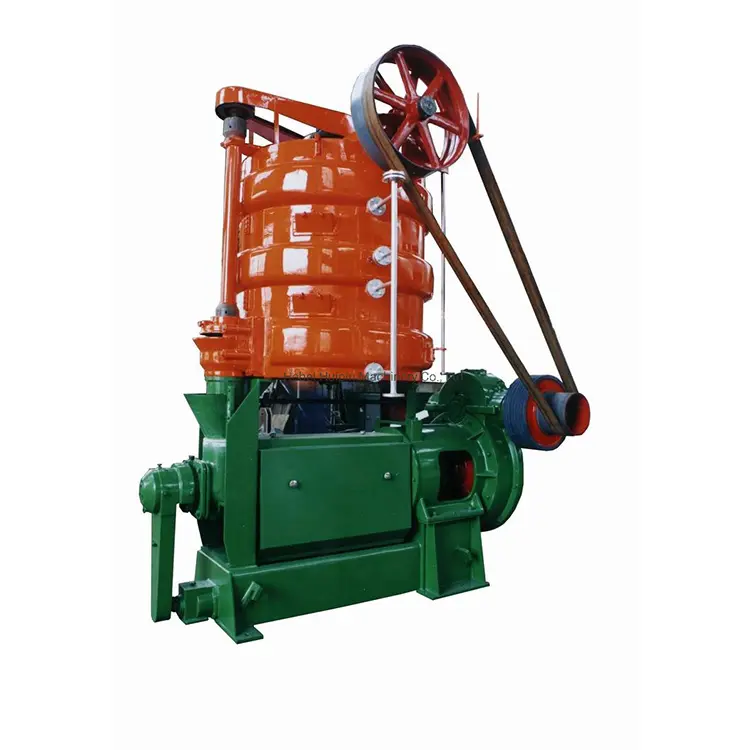Jul . 29, 2024 22:47 Back to list
Essential Equipment and Process for Efficient ODM Soybean Oil Refinery Production Line Setup
The ODM Soybean Oil Refinery Line Innovations in Oil Refining Technology
In recent years, the demand for edible oils, particularly soybean oil, has seen a significant rise due to its nutritional value and versatility in various culinary applications. The ODM (Original Design Manufacturer) soybean oil refinery line has emerged as a leading solution for producers aiming to extract high-quality oil while maintaining efficiency and sustainability. This article explores the innovative features of the ODM soybean oil refinery line, its operational processes, and the benefits it offers to businesses in the edible oil industry.
Understanding Soybean Oil Refining
Soybean oil refining is a critical process that transforms crude soybean oil into a product suitable for consumption. The refining process typically includes degumming, neutralization, bleaching, and deodorization. Each stage plays a vital role in removing impurities, free fatty acids, and unwanted colors and odors, resulting in a final product that meets consumer expectations for safety and quality.
Features of the ODM Soybean Oil Refinery Line
The ODM soybean oil refinery line is designed with advanced technology to optimize the oil refining process. One of its key innovations is a fully automated control system that enhances operational efficiency and reduces the risk of human error. This system allows for precise monitoring and adjustment of parameters during each refining stage, ensuring consistent product quality.
Moreover, the ODM refinery line incorporates environmentally friendly practices. The use of energy-efficient equipment and heat recovery systems significantly reduces energy consumption, making the refining process more sustainable. Additionally, waste management systems are integrated into the design to ensure that by-products are processed in an eco-friendly manner, minimizing environmental impact.
Operational Process
The operation of the ODM soybean oil refinery line generally follows these steps
odm soybean oil refinery line

1. Degumming In this initial stage, water is added to the crude soybean oil to hydrate and remove phospholipids. This process results in a degummed oil that is ready for further refining.
2. Neutralization The degummed oil is mixed with an alkaline solution, typically sodium hydroxide, to neutralize free fatty acids. The neutralized oil undergoes centrifugation to separate any soap formed during the process.
3. Bleaching The neutralized oil is then subjected to bleaching, where bleaching earth or activated carbon is added to absorb pigments and other impurities. This step helps achieve a light-colored oil that meets market demands.
4. Deodorization The final refining step is deodorization, where steam is injected at high temperatures to remove volatile compounds that contribute to undesirable flavors and odors, resulting in a refined oil that is palatable and appealing to consumers.
Benefits to Businesses
Investing in the ODM soybean oil refinery line offers numerous advantages for businesses in the edible oil sector. First and foremost, the high-quality end product attracts a broader customer base, contributing to increased sales and market share. The efficiency and automation of the refining process also lead to cost savings in labor and resources.
Furthermore, the environmentally sustainable practices integrated into the ODM refinery line enhance a company’s reputation as a responsible producer, appealing to modern consumers who prioritize sustainability. By minimizing energy usage and waste, these businesses can also contribute to global efforts to reduce carbon footprints.
Conclusion
The ODM soybean oil refinery line represents a significant advancement in oil refining technology. By combining efficiency, quality, and sustainability, it not only meets modern consumer demands but also supports the future of the edible oil industry. As the market for soybean oil continues to grow, investing in such innovative technology will undoubtedly position companies for success in a competitive landscape.
-
Efficient Black Seed Oil Expeller & Multi-Seed Oil Press
NewsAug.19,2025
-
HP 120 Model Cold Oil Press-Hebei Huipin Machinery|Energy Efficiency, Multi-Functionality
NewsAug.18,2025
-
HP 120 Model Cold Oil Press-Hebei Huipin Machinery|Oil Extraction, Multi-Functional
NewsAug.18,2025
-
HP 120 Cold Oil Press - Hebei Huipin | Automation & Efficiency
NewsAug.18,2025
-
Safflower Oil Press Service: Efficient & Quality Extraction
NewsAug.18,2025
-
HP 120 Cold Oil Press-Hebei Huipin Machinery|Oil Extraction, High Efficiency
NewsAug.17,2025
